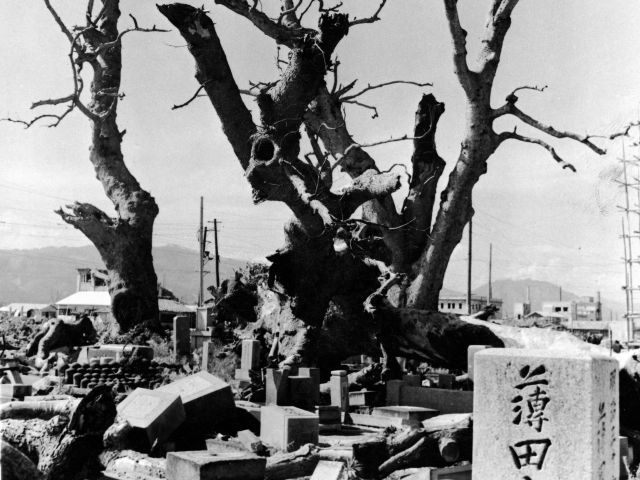This article was originally published in the Washington Post:
Moses Weisberg was walking his bicycle through the National Arboretum in Northeast Washington when he stopped at a mushroom-shaped tree. The first thing he noticed was the thickness of the trunk, estimated at almost a foot and a half in diameter. And then there was the abundance of spindly leaves, a healthy head of hair for a botanical relic 390 years old.
But it was only when he learned the full history of the tree, a Japanese white pine donated in 1976, that he was truly stunned. The tree, a part of the Arboretum’s National Bonsai and Penjing Museum, has not only navigated the perils of age to become the collection’s oldest, but it also survived the blast of an atomic bomb, Little Boy, dropped over Hiroshima, Japan, during World War II.
“For one, it’s amazing to think that something could have survived an atomic blast,” said Weisberg, a 26-year-old student at the Georgetown University Law Center. “And then that by some happenstance a Japanese tree from the 1600s ended up here.”
Read the rest of the article here.

COMMENTS
Please let us know if you're having issues with commenting.